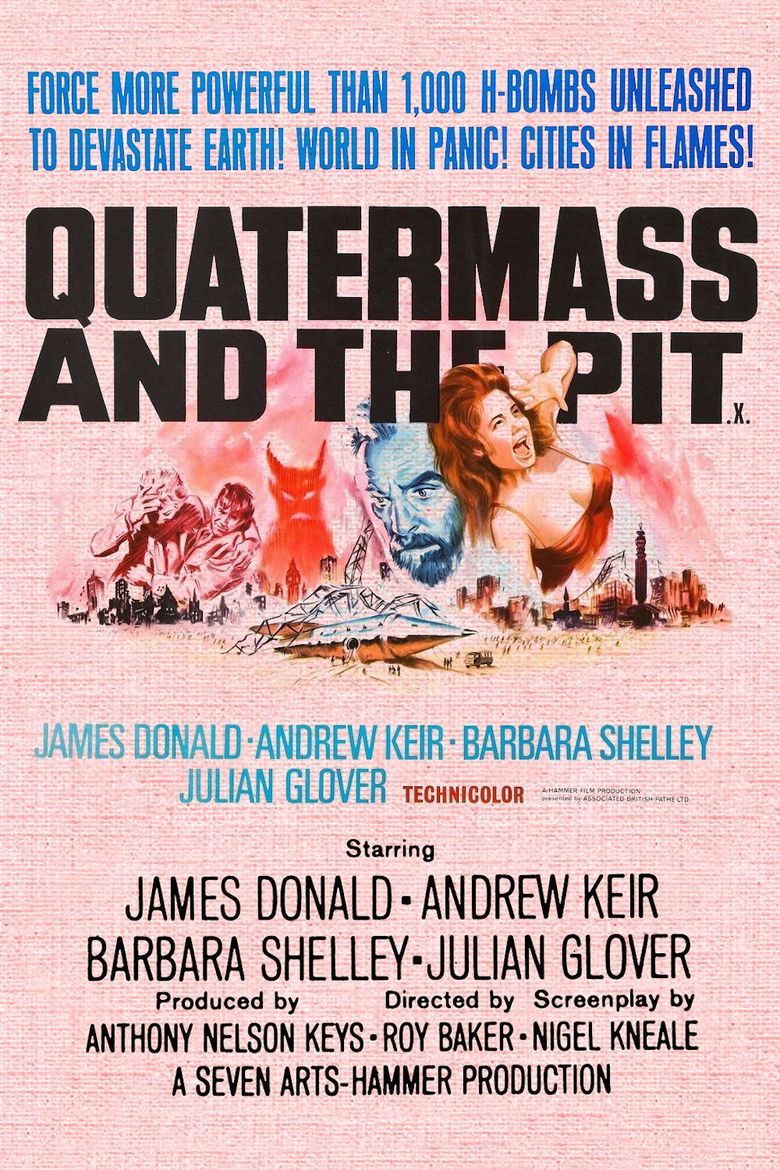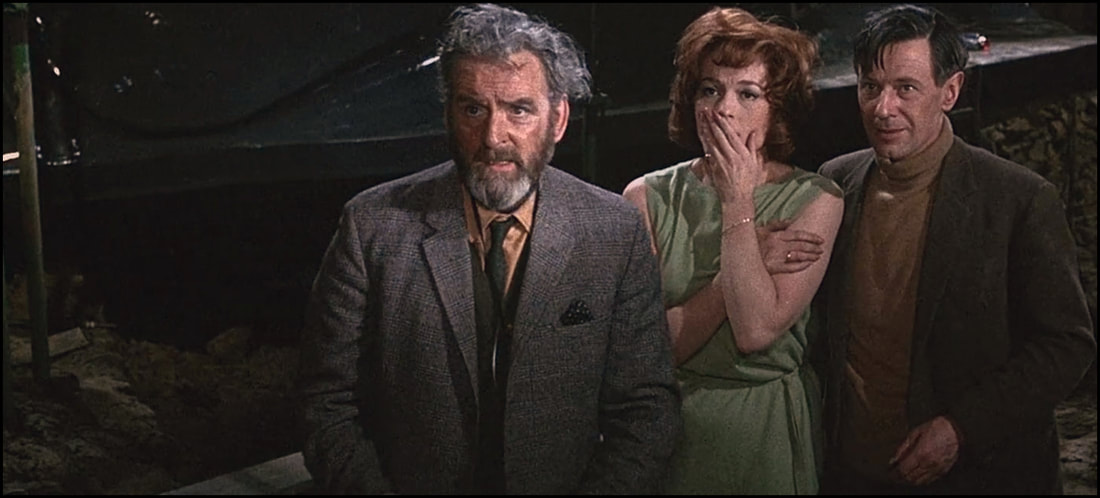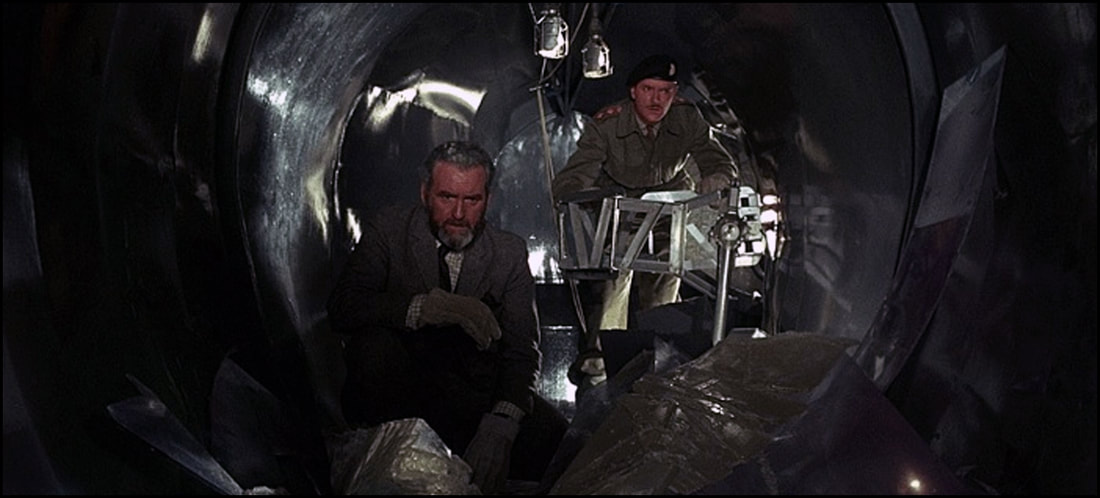The first?
Why, that’s the Robert Wise gem The Day The Earth Stood Still. Edmund H. North adapted this Harry Bates story (“Farewell To The Master”) for the silver screen, and it starred Michael Rennie as ‘Klaatu,’ the visitor sent from another star to deliver Earth with a warning about mankind’s growing fascination with expanding its warlike ways from the planet and into the cosmic heavens. Unlike other alien species who show up to our world with guns blazing, Klaatu kinda/sorta makes the point of our galactic overlords by doing nearly the exact opposite: using the might of his technological sophistication, he shuts all of our world down – except for critical functions – for thirty minutes, giving us a ‘time out’ to think about how we’ve come to rely on machines to make life livable. The message is simple: either shape up or you’ll be sent back to the Stone Age. It’s a film so profound that, in 1995, the America Film Institute inducted the feature into the National Film Registry, the U.S. organization that preserves motion pictures found to have contributed to the historical, aesthetic, and cultural legacy of the medium.
The second?
Well, this explanation gets a bit tricky.
With the Pit, the dear old professor is brought in to consult on a curious discovery: crews expanding the subway line unearth human skeletons that may serve as the ‘missing link’ in man’s evolution. However, an even more disturbing surprise is that the tunnel houses what just might be a buried alien spacecraft, one housing not only alien bodies but also a secret that might explain more about the entire human race’s conception than the world’s leading scientific minds had ever possibly considered!
As I mentioned above, I saw the Pit as a young child, and I’m not insulted to admit that there were parts of the complex tale that escaped my understanding at the time. I watched it with my father – it was on late one night under its U.S. name of Five Million Years To Earth – and I distinctly recall asking my dad questions about it afterward, many of which he couldn’t answer to my satisfaction. (See what I mean? I’m just wired to want to think and think and think about film, and I knew it back then.) It’s a somewhat alarming yarn – one involving both scientific ideas as well as links to the supernatural and even cultural identities – and it all ties up in the finale with a man of science (not Quatermass) sacrificing himself against a force of evil by using knowledge as a weapon against faith. Honestly, it’s the kind of showdown that could, would, and should be dissected for ages.
Also, there’s a vastness and richness to Quatermass that, frankly, few genre films approach.
Though I find it easy to craft a synopsis about the central story, Kneale’s script explores an incredible litany of ideas – both scientific and supernatural – in its 97 minutes, far more than most flicks ever dream of much less attempt. The popularity of Erich von Daniken’s ‘Chariots Of The Gods’ was only a year or two off at this point, but Kneale’s story dramatically centers its main plot on the idea that not only was Earth visited by Martians in the distant past but our world was invaded, and these overlords had dark designs for us, indeed. The script ties in references to witchcraft and sorcery, as well as ghosts and demons. There are scenes involving possible telekinesis, telepathy, and mental projection; and they’re just as easily juxtaposed with the concepts of Darwinism, stored memory, and genetic manipulation. Granted, most of these concepts are not given a full and proper airing, but all of them end of being circumstantially tied to the events taking place and get discussed as a consequence.
Still, if you can appreciate the genius of Kneale’s work coupled with what director Roy Ward Baker was able to capture with his cast of Andrew Keir, Barbara Steele, and James Donald, then Quatermass And The Pit should always score high marks. It’s arguably one of Science Fiction and Fantasy’s best features – even with its flaws – and it deserves to be rediscovered by modern audiences hungry for tales that stimulate conversation and thought about what makes great genre storytelling uniquely compelling.
-- EZ





 RSS Feed
RSS Feed